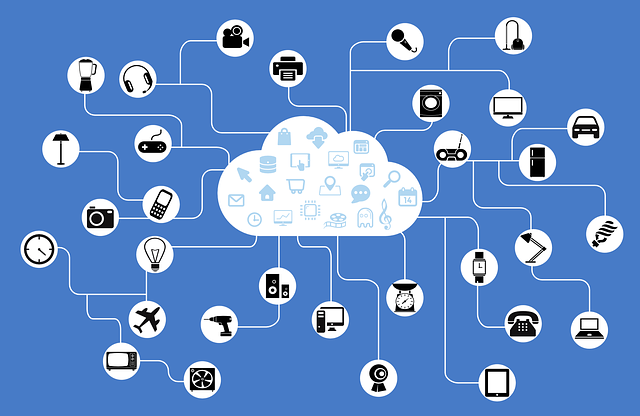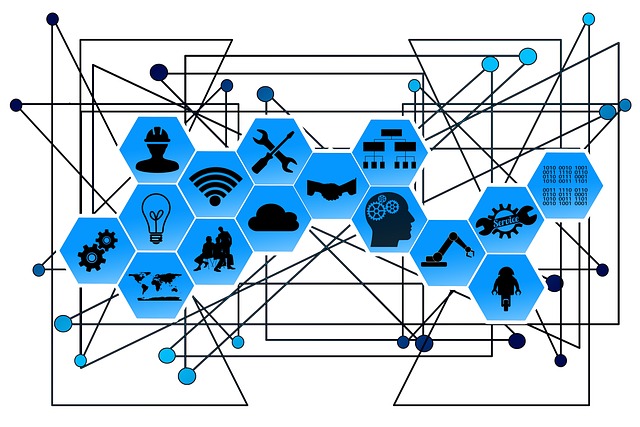Internet-of-Things
Pentesting, inspecting your IT for security issues and passing any regulatory or any requirements.
The Internet of Things (IoT) is a network of physical devices, vehicles, home appliances, and other items embedded with electronics, software, sensors, and connectivity which enables these objects to connect and exchange data. The IoT enables these connected devices to collect and share data, leading to improved efficiency, accuracy, and economic benefits.
IoT devices can be found in a variety of settings, including homes, businesses, factories, and cities. Examples of IoT devices include smart thermostats, security cameras, wearable devices, smart appliances, and connected vehicles.
The IoT operates through the use of sensors and connectivity technologies, such as Wi-Fi, Bluetooth, and cellular networks, to enable the exchange of data between devices. This data is processed and analyzed by IoT platforms, which can be used to generate insights and trigger automated actions.
The benefits of the IoT include improved efficiency, increased automation, and the ability to collect and analyze large amounts of data. However, the widespread use of IoT devices also raises concerns about privacy and security, as large amounts of sensitive data are being collected and transmitted by devices. Ensuring the security of IoT devices and protecting the privacy of the data they collect is a critical challenge for the continued growth and adoption of the IoT.
In summary, the Internet of Things (IoT) is a network of connected devices that collect and exchange data, enabling the creation of smart and connected environments. The IoT has the potential to bring about significant benefits in terms of efficiency, automation, and data analysis, but also raises important security and privacy concerns that must be addressed to ensure its continued growth and success.

